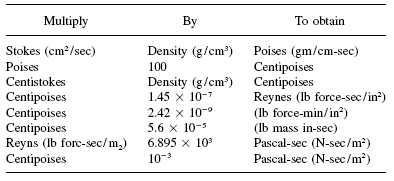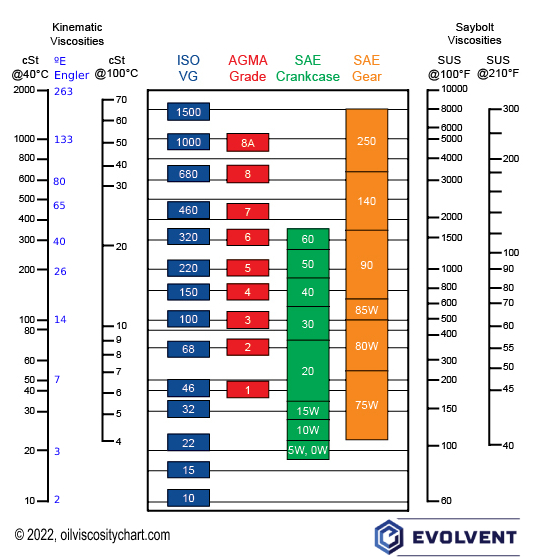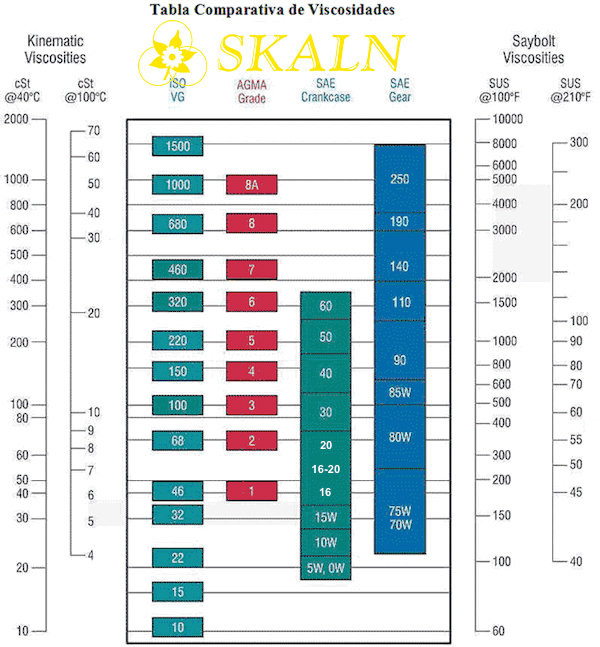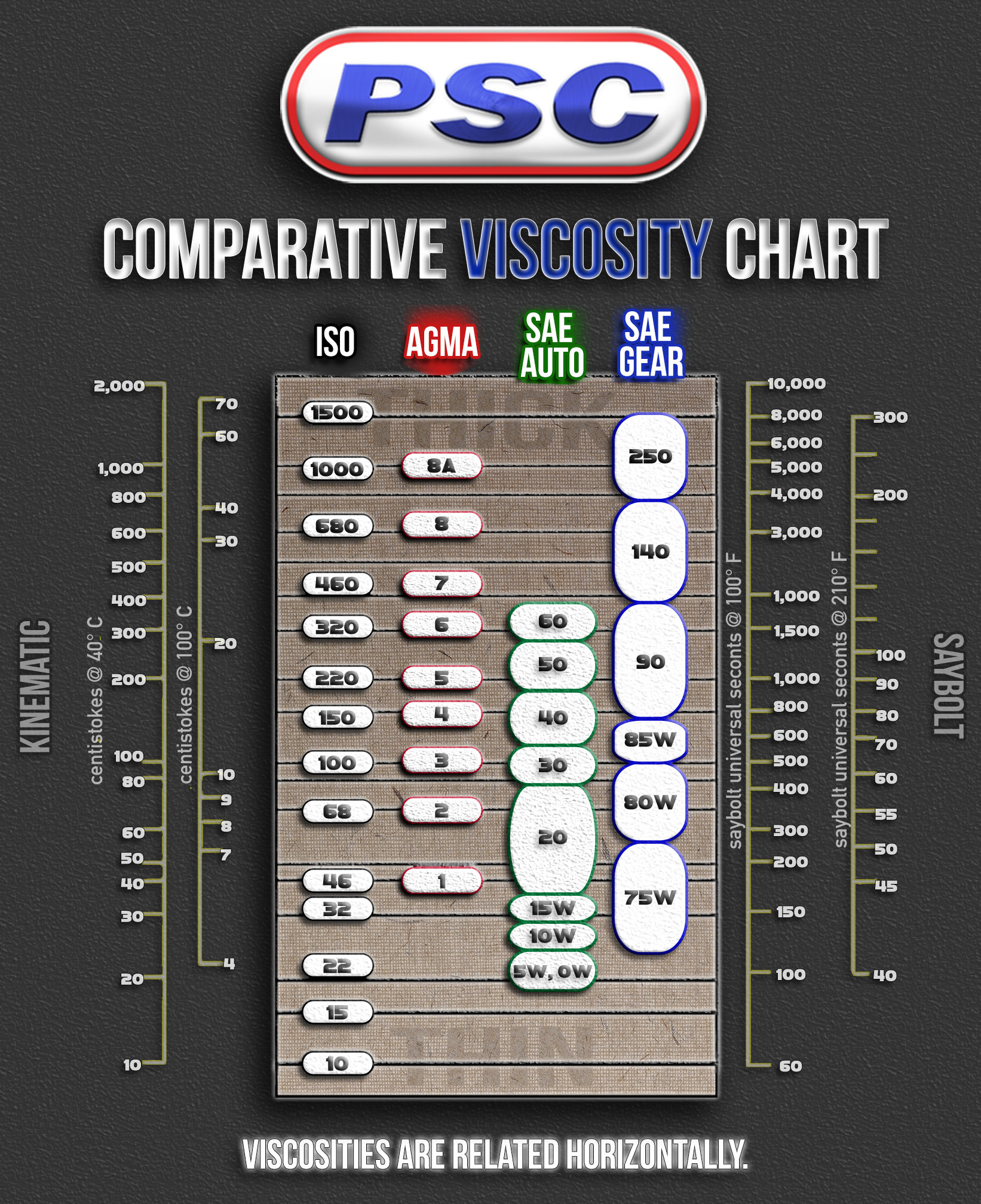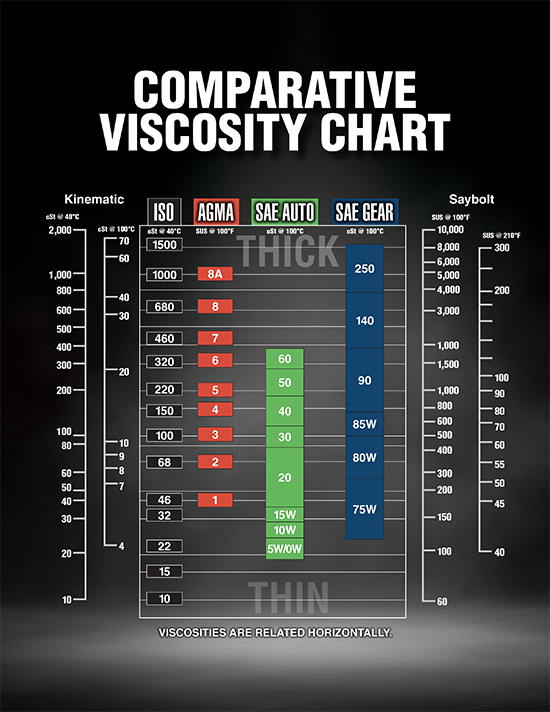Roads & PavementRoads & Pavement
Barefoot
Minimal
Low
Medium
High
Maximal
All around running shoes offer comfort and cushioning for daily runs, jogs, walks, and long mileage. They offer enough versatility for both faster and slower runs and are a great option for those who want one running shoe to do it all.
Fast run or uptempo running shoes are lightweight and responsive. They offer streamlined designs that have minimal uppers and offer a high level of energy return. These shoes are a great option for faster runs in the week or those looking for a livelier experience.
Max Cushion shoes offer premium cushioning with ample ground protection and a stable ride. These types of shoes provide abundant impact protection that softens landings while running at any pace or distance. These types of shoes are best for slower recovery runs and easy days where comfort takes priority.
Racing shoes are designed with optimal performance in mind. These types of shoes have snug-fitting uppers, energetic midsole foams, and features implemented for maximum efficiency. These types of shoes are best for runners looking to gain the ultimate advantage in races but may sacrifice some durability and comfort.
Gym Workout shoes offer a stable and versatile ride. They have a firmer underfoot feeling that provides stability for lateral movements with comfortable uppers. These types of shoes are best for trips to the gyms, cross training, casual wear, and light running. AW 32 46 68 Hydraulic Oil Cross Reference VG ISO Grade 32 46 68 Hyd
Road running shoes feature smooth outsoles that are designed for running on paved surfaces such as roads, sidewalks, and bike paths.
Designed to handle most trail runs, these shoes prioritize comfort and a smooth ride. These shoes are great for anything from smooth singletrack, park trails, and fireroads making them ideal for those who run from their doorstep on streets before hitting the trail.
These shoes are best used for hard, rugged trails such as shale, granite or sandstone where grip on smooth surfaces and underfoot protection are important.
Designed for use in muddy, soggy conditions, these shoes feature very aggressive outsoles that dig deep into soft ground for exceptional traction.
These shoes feature technical outsoles designed to grip snowy and icy trails making them ideal for winter trail running.
Cushioning level, or stack height, refers to how much shoe is between your foot and the ground. For this category, we reference the amount of cushioning below the forefoot as the heel height will be equal to or greater than the forefoot height.
Convert Between Standards Oil Viscosity Chart
0-13mm. The Shoe generally does not have a midsole and feels like there is no cushioning. This shoe is all about feeling the ground underfoot.
14-18mm. The shoe has a thin midsole that allows for a natural running experience. Racing shoes and minimalist shoes are common here. These shoes offer a feeling of being connected to the road or trail.
19-23mm. The shoe has a slightly cushioned feel and may feature added cushioning technologies. Performance training shoes and some trail shoes are common here. These offer protection during footstrike but prioritize a lightweight, grounded experience.
24-28mm. These shoes have a stack height that fall near the middle of the spectrum.The shoes in this category are verstaile and great for all types of runs and distances.
29-34mm. The shoe has a thick midsole and ample cushioning. These shoes are highly protective and absorb more impact than the body.
35mm plus. The shoe has an extremely thick midsole and extra cushioning. The focus is on protection and soft foam underfoot with hardly any ground feel.
Neutral shoes support the foot through a normal range of arch collapse and generally do not have a built-in technology to correct movement.
Stability shoes are a great option for those who overpronate or need added support. These shoes help to limit the inward rolling motion of the ankle while running or walking and assist in guiding the foot straight through the gait cycle. SAE ISO AGMA viscosity conversion chart
Product Details:
AW 32 46 68 Hydraulic Oil Cross Reference VG ISO Grade 32 46 68 Hyd sales, Kinematic Viscosity Table Chart of Liquids sales, Oil Viscosity A Practical Guide sales, SAE ISO AGMA viscosity conversion chart sales, Gear oil graphs Widman International SRL sales, Lubrication Fundamentals sales, Winter Grade Viscosity at not Winter Temperatures r sales, Oil Fuels Viscosities vs. Temperature sales, Oil Viscosity Index and Viscosity Temperature Relation About sales, Image result for essential oil conversion chart Essential oils sales, Oil Viscosity A Practical Guide sales, Understanding Oil Viscosity AMSOIL Blog sales, Viscosity Conversion Chart PDF Continuum Mechanics Liquids sales, The IP viscosity conversion chart Industrial Physics sales, Useful Information Pumping Filtration Solutions sales, CST to WT silicone oil charts for RC cars shocks and diffs sales, OIL VISCOSITY TEMPERATURE CHART OEM Viscosity chart PDF4PRO sales, Oil Viscosity How It s Measured and Reported sales, HI EDL sales, Viscosity Conversion Chart PDF sales, Oil Viscosity A Practical Guide sales, Why use higher viscosity differential fluid Page 2 PeachParts sales, Viscosity of Engine Oil viscosity table and viscosity chart sales, CST to WT silicone oil charts for RC cars shocks and diffs sales, Oil Viscosity Conversion Factors sales, Solved Consider a hydraulic system with a cold start Chegg sales, ISO Viscosity Grades sales, Industrial Lubricants Viscosities vs. ISO VG Grade sales, Viscosity Conversion Chart PDF sales, CCJensen Oil Viscosity Graph sales, MITcalc Conversion of units Hardness table Oil viscosity sales, Oil Conversion Chart WT to CST R C Tech Forums sales, RC SILICONE SHOCK OIL COMPARISON CHART sales, Industrial Lubricants Viscosities vs. ISO VG Grade sales, AW 32 46 68 Hydraulic Oil Cross Reference VG ISO Grade 32 46 68 Hyd sales, Viscosity Conversion Chart for Common Viscometers and Viscosity sales, INDELUBE SAE Viscosity sales, Industrial Lubricants Viscosities vs. ISO VG Grade sales, Viscosity Conversion Chart PDF Classical Mechanics Condensed sales, AW 32 46 68 Hydraulic Oil Cross Reference VG ISO Grade 32 46 68 Hyd sales, Hydraulic Oil Guide Facts Information Nationwide Fuels sales, ISO Viscosity Grades sales, Viscosity Charts Bob is the Oil Guy sales, Oil Viscosity A Practical Guide sales, Oil Viscosity Converter sales, Understanding the Viscosity Grade Chart sales, How to Read a Gear Oil Viscosity Chart AMSOIL Blog sales, Oil Viscosity Comparison Chart ISO VG AGMA SAE Gear SAE Auto sales, SAE ISO AGMA viscosity conversion chart sales, Convert Between Standards Oil Viscosity Chart sales, Product Info:
Oil viscosity conversion chart sales.
- Increased inherent stability
- Smooth transitions
- All day comfort
Model Number: SKU#7233148
